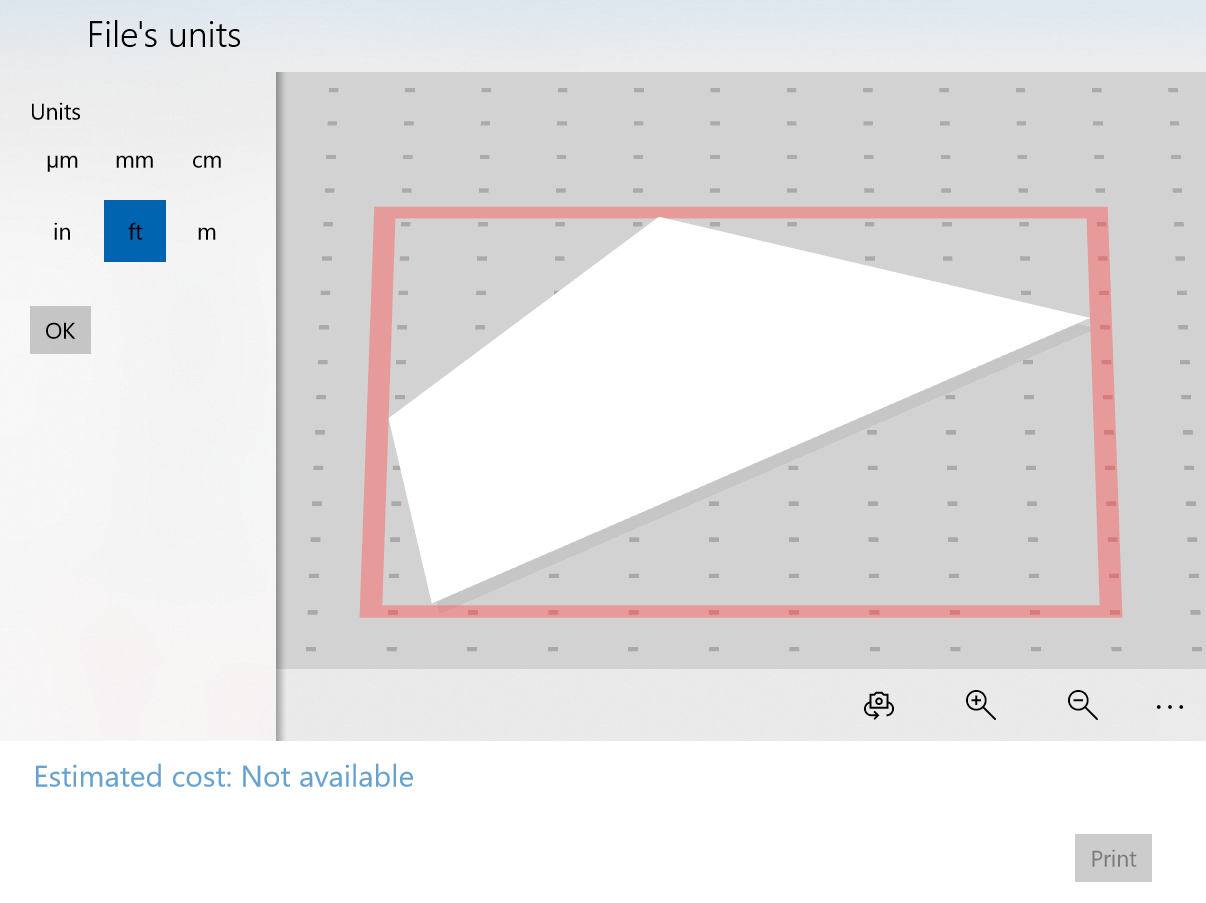
‘m’ or ‘mfig’ - Save the figure as a MATLAB figure file and additionally create a MATLAB file that opens the figure. This format is not valid for Simulink block diagrams. ‘fig’ - Save the figure as a MATLAB figure file with the.

To open the two figures, use the command: figs contains the handles of the two figures created. Save the figures to the file TwoFiguresFile.fig. Create two plots and store the figure handles in array h. To open the saved figure, use the command: MATLAB creates a new figure using the saved. The flg file used in Fortran contains saved linker options. The fig file extension is associated with Fortran, a general-purpose, procedural, imperative programming language that is especially suited to numeric computation and scientific computing. To save only part of a figure, such as an axes, or to save handles in addition to the data, use the save function to create a MAT-file. To open the file, pass the file name to the function openfig or open. Tips You must use MATLAB to open files saved using savefig. MATLAB automatically opens the file using a default application or method. You can also right-click the entry and choose Open from the context menu. The fastest way to open any MATLAB file is to double-click its entry in the folder found in the Current Folder window. When the conversion process is complete, you can download the JPG file. Click “Convert” button to start conversion. Click “Choose File” button to select a fig file on your computer. FIG file format, along with 135 other file formats, belongs to the Vector Image Files category. FIG files are supported by software applications available for devices running, Linux, Windows. Xfig Drawing format was developed by Xfig. įIG is a file extension commonly associated with Xfig Drawing files. Windows® platforms - %USERPROFILE%/Documents/MATLAB. The default userpath folder is platform-specific.


This folder is a convenient place for storing files that you use with MATLAB. Where does MATLAB save?īy default, MATLAB adds the userpath folder to the search path at startup. print prints the current figure to the default printer. If the file name does not include an extension, then print appends the appropriate one.

Print( filename, formattype ) saves the current figure to a file using the specified file format, such as print(‘BarPlot’,’-dpng’).


 0 kommentar(er)
0 kommentar(er)
